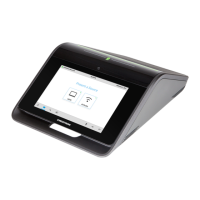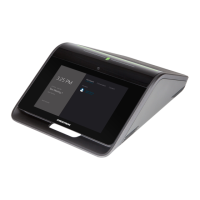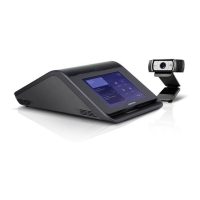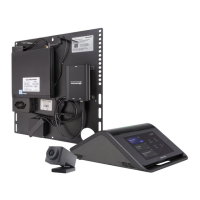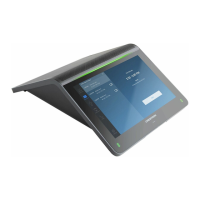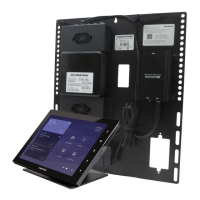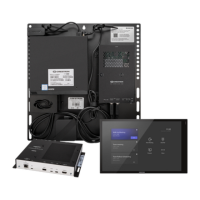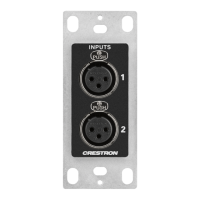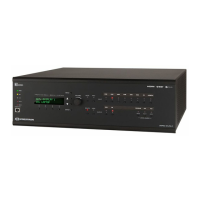6 • CCS-UC-1: Crestron Mercury Tabletop Conference System Supplemental Guide – DOC. 7844E
EDID
EDID is a data structure provided by a digital display to describe its capabilities to a video
source (i.e., graphics card or set-top box). It is what enables a modern personal computer
to know what kinds of monitors are connected to it.
The EDID section of the HDMI INPUT screen specifies the EDID profile that is selected for
use. Only source devices that use the selected EDID profile are allowed to send signals
through the Crestron Mercury device.
To select an EDID profile to support, select one of the profiles to support from the drop-
down list, and click
Apply EDID.
If a profile is not listed in the menu, a custom profile can be loaded onto the device. To load
a custom EDID profile, follow this procedure:
1. From the Select drop-down list, select Custom.
2. Click Load CEDID file.
3. Click Browse and navigate to the location of the custom CEDID file.
4. Select the file to use and click Open.
5. Click Send EDID.
Input Signal
Click Input Signal to view details about the input signal connected to the HDMI input port.
HDMI OUTPUT
Click HDMI OUTPUT to display information about the HDMI output and the output signal.
HDMI OUTPUT Screen
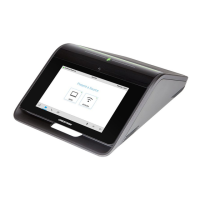
